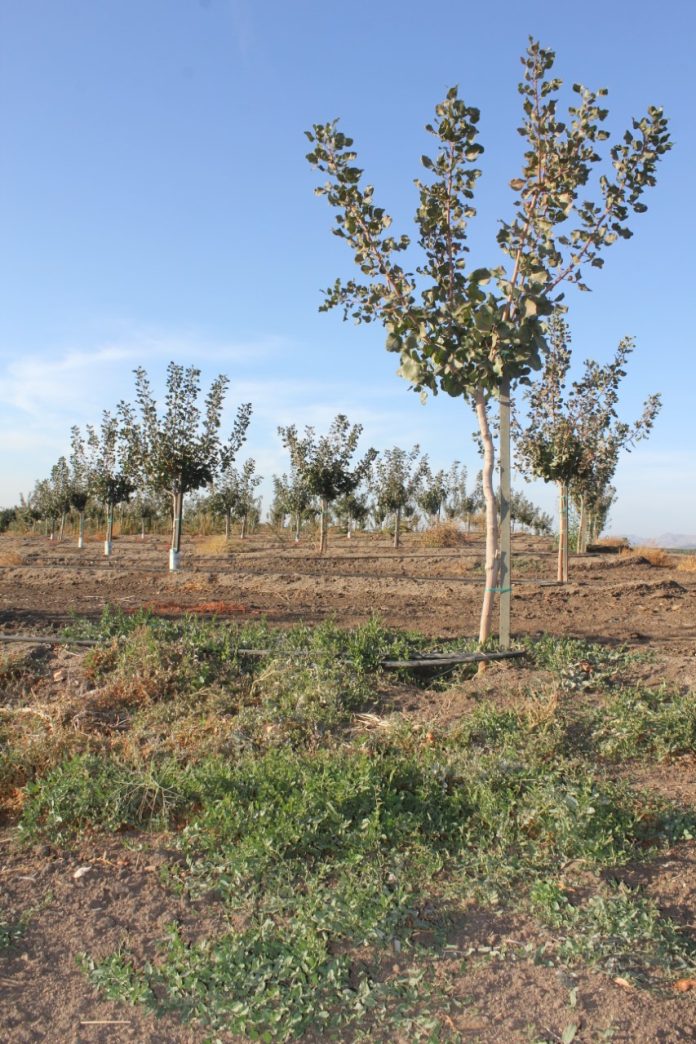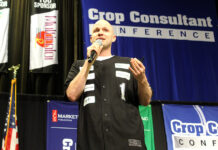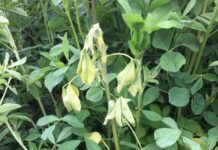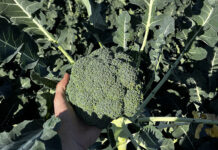

Postharvest scouting for weeds on orchard floors should start early in the winter. Another lap around the orchard is also a good idea at the start of the growing season to catch weeds when they are young.
Drew Wolter, Almond Board of California’s senior specialist in pest management, wrote in Sac Valley Almond News that mature weeds in orchards are difficult to control with herbicide applications and will increase management costs.
In young orchards, if weed stands are allowed to mature, they are not only harder to control with herbicides or mechanical means, they also provide cover for vertebrate pests that can damage tree trunks, root systems and irrigation systems.
Use of post-emergent contact or systemic herbicides in young orchards should be done with caution as drift or spraying the material on leaves or green tree trunks can damage or kill young trees. Wolter said crop safety is usually achieved by prudent application, being extra cautious during windy conditions, noting spray rig height, nozzle angles and nozzle selection.
Preemergent herbicide applications in young orchards are a proactive method to manage weeds, but are often overlooked by growers or managers, Wolter said. These herbicides control weed seedlings as they germinate and halt the development of seedling shoots and roots. If they are properly timed and applied, preemergent herbicides can provide residual control throughout the year. Preemergent herbicides bind to organic matter to limit leaching and mobility once applied to deliver residual control.
Preemergent herbicide applications are more effective if berms are cleared of leaf litter and skeletal remains of any resident weeds from the previous season. Bare soil will help evenly distribute and incorporate the preemergent material. Wolter said that most of the preemergent herbicide products will need between 0.25 and 0.75 inches of rain or irrigation for proper incorporation and effectiveness.
Green trunk wood is often susceptible to contact herbicides. Leaving cartons on tree trunks for the first two years after planting or until the trunk diameter gets too large is recommended. Branches on young trees are lower and more likely to get hit by drift. When applying herbicides, use caution in windy conditions and note spray rig height, nozzle angles and nozzle selection.
Soil-applied herbicide after planting can settle or run into loosely packed pockets or cracks. Soil should be settled before applying herbicides and water managed to avoid moving herbicides too deeply into the soil.














